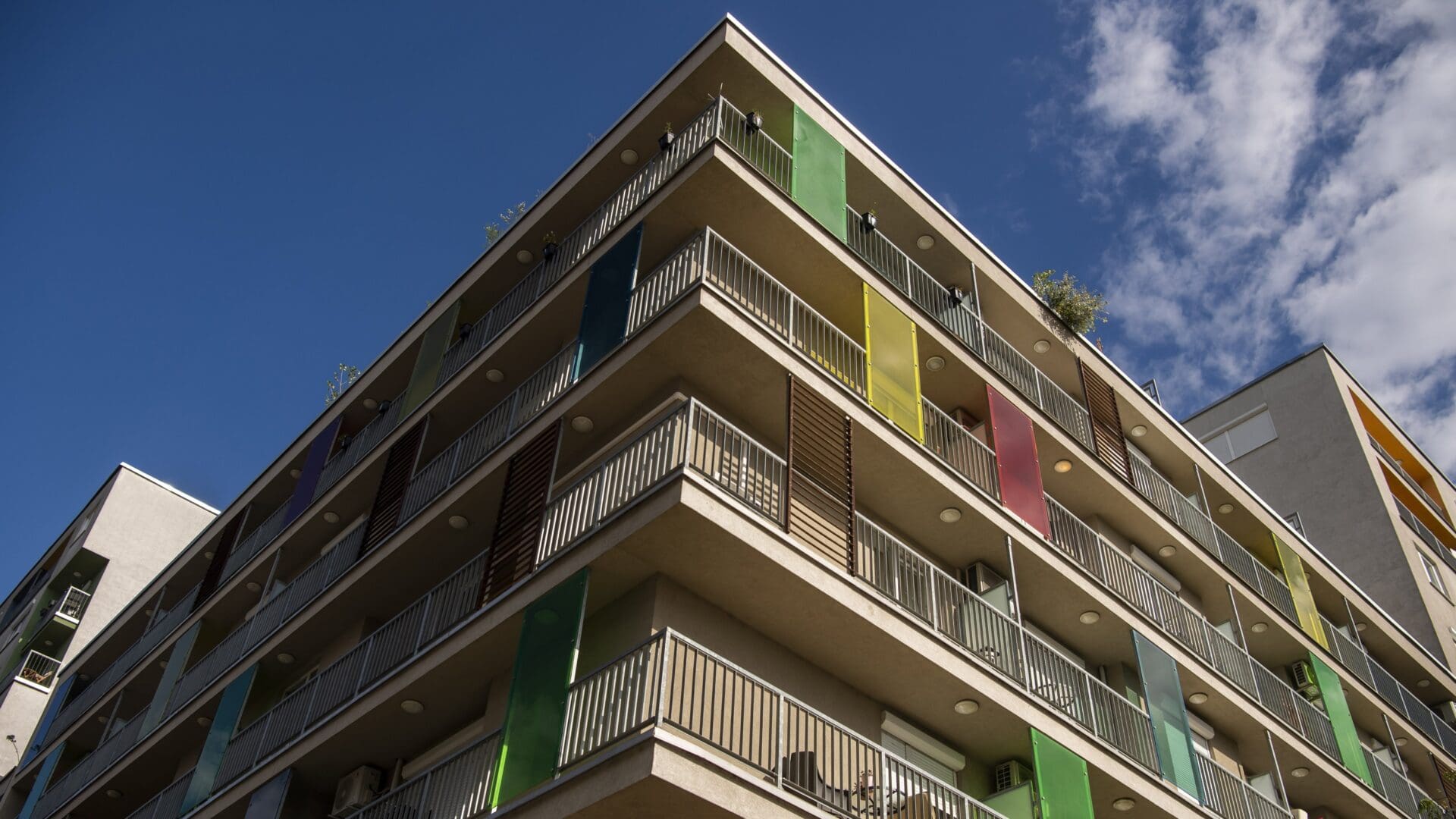A recent opinion article on Hungarian Conservative analysed the difficulties young Hungarians encounter in terms of housing when starting their adult lives. In my article I would like to help readers form a more nuanced picture of the Hungarian housing reality, highlighting an often not-appreciated factor: the high percentage of home-owners in our country.
Hungarian housing culture is based on the idea of owning one’s own home, as evidenced by the fact that 91 per cent of people in Hungary live in their own home, while the EU average is less than 70 per cent. In other Central and Eastern European countries attitudes are similar to ours, but in the West far fewer people consider it important to buy their own home.
With a high rate of home ownership, the proportion of rented housing is less than 10 per cent.
Hungarian real estate agancy Duna House has supplemented the Eurostat data with its own more detailed analysis. It shows that homeownership subsidies had reversed the slowly declining homeownership rate until 2018. The rising rate has been beneficial for the availability of housing, but hinders the development of a rental culture and the mobility of the population, which is key to social productivity, they wrote.
In Western Europe, home ownership is already much less common: 69 per cent of the Dutch, 64.5 per cent of the Swedish and 64 per cent of the French housing stock is owner-occupied, while just under half of the German housing stock is owner-occupied.
The Hungarian Housing Situation
In the eleven years between the 2011 and the 2022 censuses, the housing stock grew by 4.3 per cent and there are now around 4.6 million dwellings in Hungary. Some of these, approximately 600,00, are not permanently occupied.
Although the country’s population has been declining for decades, the housing stock is growing, with large spatial disparities. Half of the municipalities have seen a decline in the number of dwellings, but in some places, there has been above-average growth.
While at the turn of the millennium there were 247 people living in 100 dwellings, in 2023 there will be 209.
The situation has also been improving for younger people: according to K&H bank’s third quarter survey, the proportion of 30–59 year olds who own their own home has risen significantly in four years from 64 per cent to 75 per cent. As explained, 56 per cent of respondents live in detached houses, 19 per cent in housing project flats, 10 per cent in flats in traditional blocks of flats, 8 per cent in flats in residential parks and 7 per cent in terraced or semi-detached houses.
Why Does All This Matter?
In parallel with this phenomenon, property prices in Hungary have risen by 185 per cent since 2010, the second highest rate in Europe, as shown by the Eurostat chart below.

If 90 per cent of Hungarians live in owner-occupied housing, and at the same time house prices have almost tripled, it follows that the wealth of home owners has almost tripled, too.
The average Hungarian house is 82 square metres large. In 2010, the price per square metre was €1,025 at the then euro exchange rate, rising to €2,327 in 2023 at the then exchange rate. In other words, the value of an average apartment will rise from €84,000 to €191,000. It can therefore be argued that since most of the wealth of Hungarians is made up of their property, it can be said that the wealth of Hungarians has increased by a similar amount.
Meanwhile, Eurostat data also shows that rents have not risen as much: we are not in second place in the EU in that regard, ‘only’ between the fourth and fifth place.
In my view, this is an under-recognized and under-appreciated competitive advantage over our neighbours.
The liberal aspirations of the 21st century include the destruction of human autonomy and freedom, and making people as dependent as possible on the state and other circles of power and wealth. One of the best ways to counter such aspirations is for everyone to live in their own property, which, incidentally, is constantly increasing in value. And to dismiss the phenomenon of high housing ownership as a mere ‘socialist legacy’ is a gross exaggeration. Wise domestic economic policies and record growth in the 2010s, targeted support for families to build homes, and rational Hungarian thinking were essential in achieving the current ownership levels.








